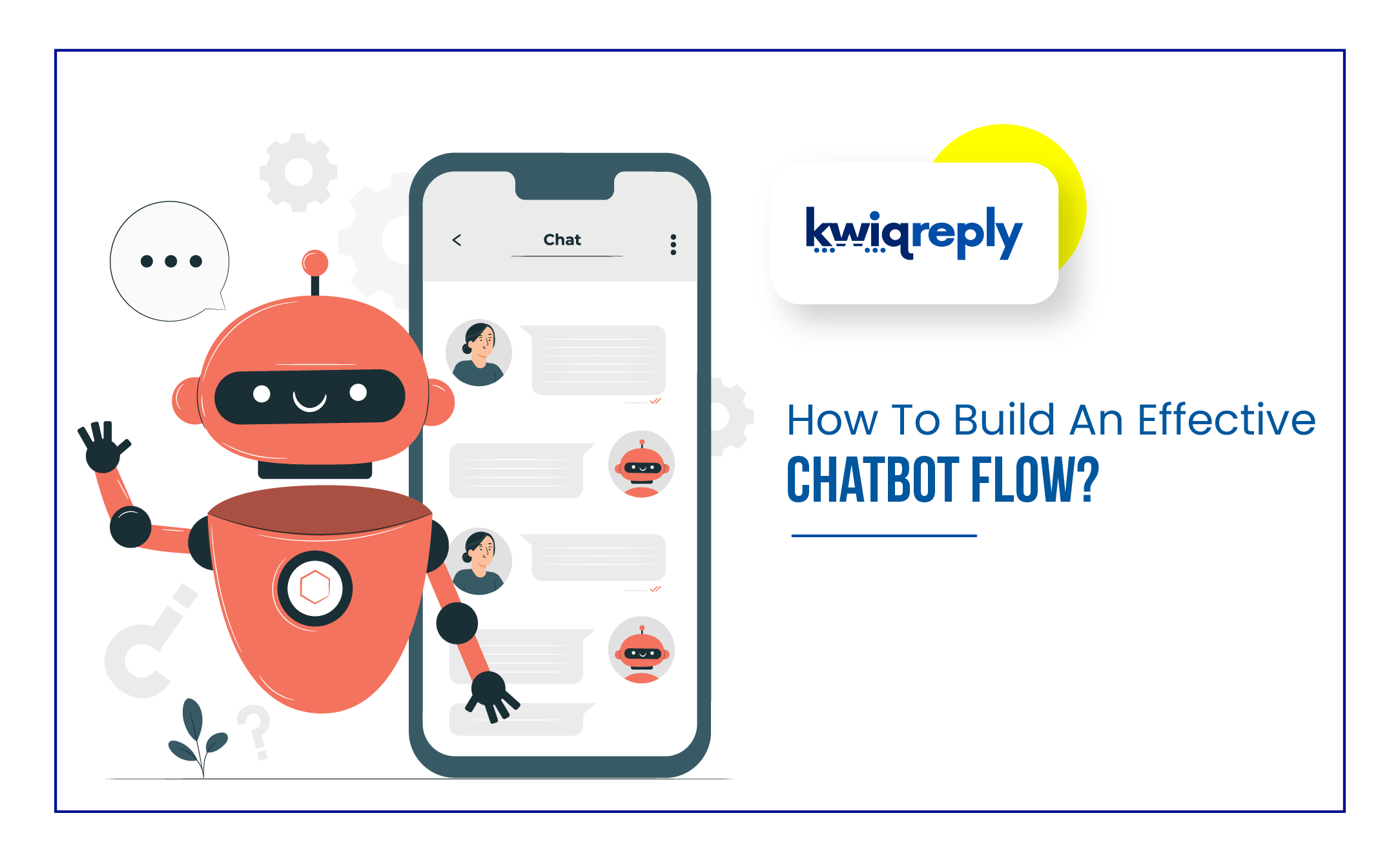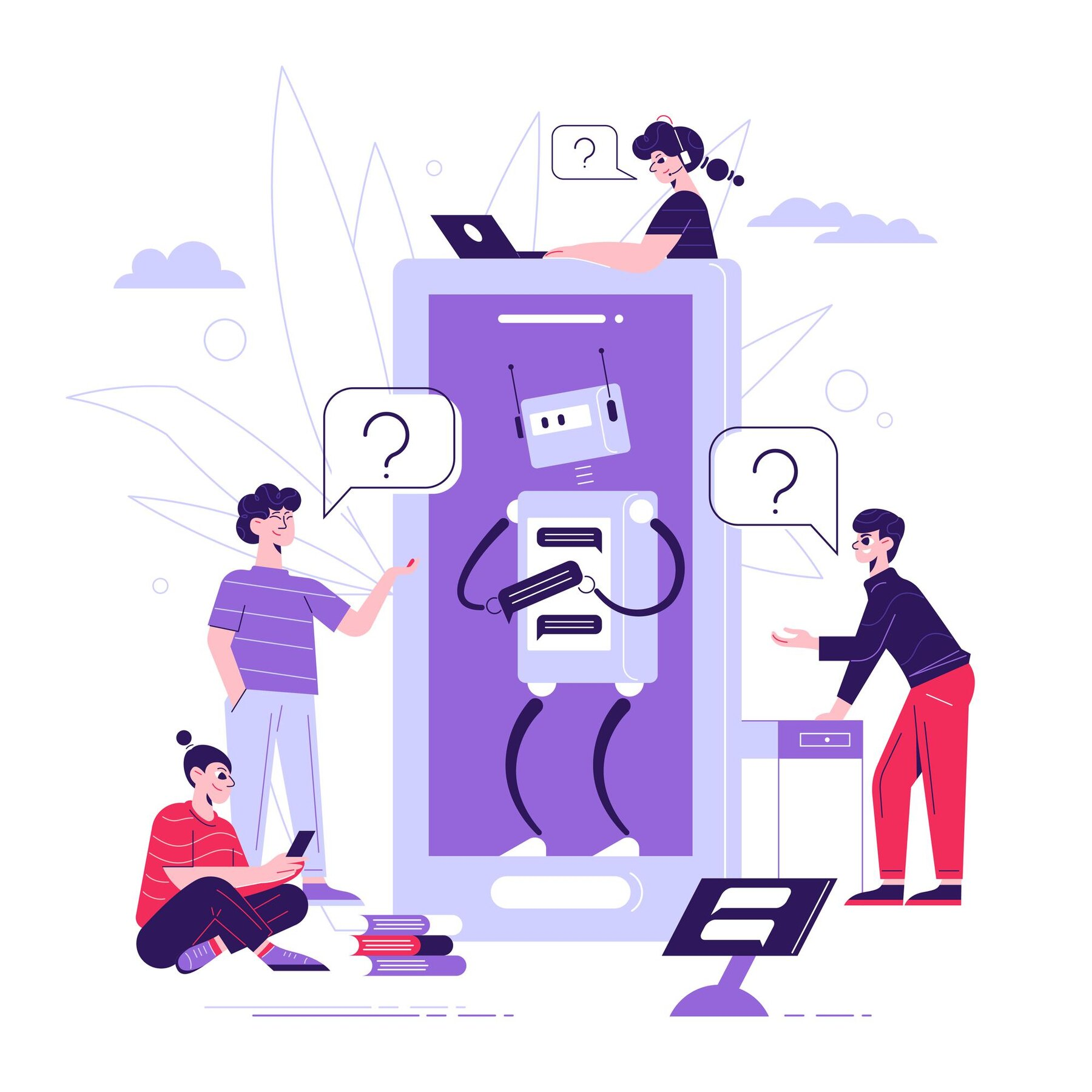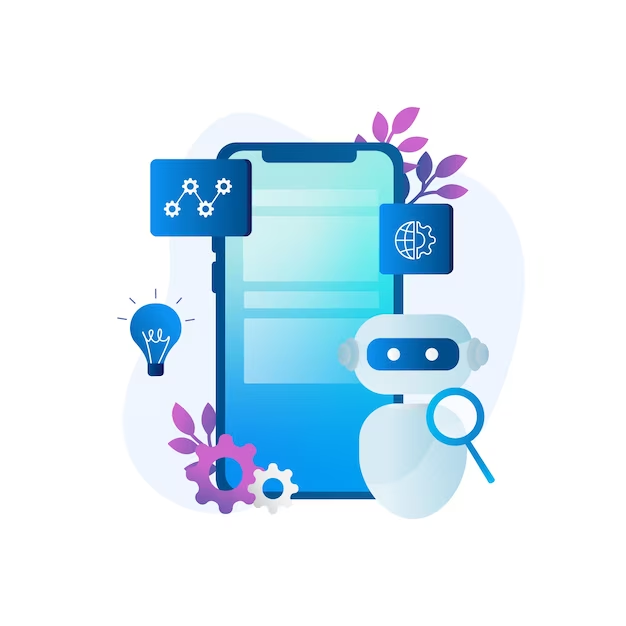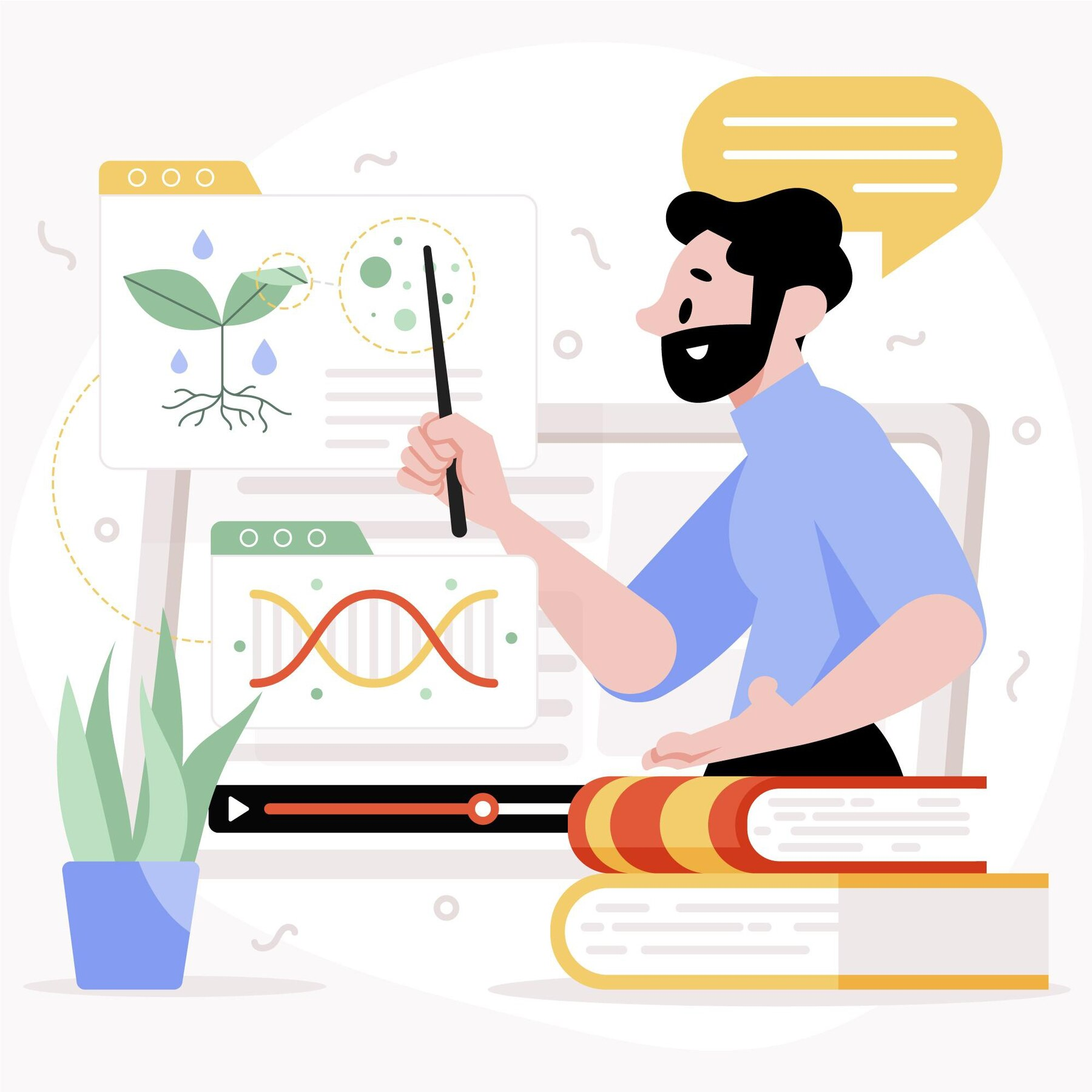
The Foundation of Chatbot Success: Building an Effective Chatbot Flow
Introduction
Chatbots are growing in prominence in the field of business communications, providing automated assistance and enhancing customer interactions. Building an effective chatbot flow is crucial to ensure smooth communication and deliver the ideal user experience. This blog explores building a chatbot flow and highlights the significance of using machine learning in chatbot development. We will discuss the steps involved in constructing a chatbot flow and how machine-learning techniques can enhance its capabilities. Therefore it can understand user intents, provide accurate responses, and improve over time.
TL;DR
- A chatbot flow determines the flow of conversation between a chatbot and a user
- The steps to building a chatbot flow are
- Define the objective of utilizing the chatbot
- Identify how and why the user would choose to interact with the chatbot
- Design a flowchart that specifies the possible conversation paths
- Transcribe the statements, answers, etc that the chatbot will be responding with
- Test and refine the bot as per your needs or style of communication
- Machine learning contributes to Chatbots through
- NLPs for interpreting human inputs
- Intent classification based on historical user data
- Response generation through training on different contextual data
- Continuous improvement through user inputs and past interactions
Sign up for the WhatsApp Business API and get started with building AI-powered chatbots today!
What is a Chatbot Flow?
The chatbot flow is the logical structure that determines how a conversation unfolds between the chatbot and the user. It defines the sequence of interactions, the types of user input the chatbot can handle, and the appropriate responses. You can program your chatbot flow to provide predefined answers to common queries or automate the purchasing process for customers. Designing an effective chatbot flow involves considering user goals, identifying potential conversation paths, and incorporating decision-making capabilities.
Steps to Build a Chatbot Flow

- Define Objectives: Start by identifying the target audience and their needs. Clarify the purpose of the chatbot and the specific tasks it will perform and tailor the chatbot's functionality accordingly.
- Identify User Intents: Analyze common user inputs or goals that the chatbot needs to address. Categorize them into distinct groups, such as inquiries, support requests, or transactions.
- Design Conversation Paths: Create a flowchart or diagram that outlines the possible conversation paths based on user inputs. Determine the questions the chatbot should ask to gather necessary information and guide users through the conversation.
- Build Dialogue Structure: Develop the structure of the chatbot's responses, ensuring that they provide accurate information. Try incorporating variations in reactions to make the conversation more natural and engaging while giving the chatbot a personality.
- Test and Iterate: Validate the chatbot flow by testing it with sample user inputs and refining the flow based on feedback. Continuously iterate and improve the flow to enhance user experience.
The Role of Machine Learning in Chatbot Development

Machine learning is vital for building intelligent chatbots that can understand and respond to user inputs better over time. By utilizing machine learning algorithms, chatbots can be trained to recognize patterns in user messages and extract relevant information.
- Natural Language Processing (NLP): NLP techniques enable chatbots to understand and interpret user intents, sentiments, and entities from text inputs. Techniques like named entity recognition and sentiment analysis help in identifying and addressing.
- Intent Classification: Machine learning models can be trained to classify user intents based on historical data. Using supervised learning techniques, chatbots can accurately determine the purpose behind user queries, allowing for contextually relevant responses.
- Response Generation: Machine learning algorithms, such as sequence-to-sequence models, can be employed to generate dynamic and context-aware responses. These models learn from large amounts of text data to produce human-like responses, improving the overall chatbot conversational quality.
Continuous Learning and Improvement

Machine learning enables chatbots to continuously learn and improve over time. Through reinforcement learning, chatbots can receive feedback from user interactions and adjust their responses accordingly. This feedback loop allows the chatbot to adapt to new user patterns, understand user preferences, and provide personalized responses.
Furthermore, user feedback and analytics can be leveraged to identify areas for improvement to enhance the chatbot flow. By analyzing user interactions, common user pain points come to light letting you address them effectively by modifying the flow.
Ethical Considerations in Chatbot Development
While building chatbots with machine learning, it is essential to consider ethical considerations and ensure responsible AI usage. Developers must prioritize user privacy, data protection, and transparency. Users should be informed when they are interacting with a chatbot rather than a human. They should also have the option to switch to human assistance when necessary.
Additionally, bias mitigation is crucial to prevent discriminatory or offensive responses from chatbots. Regularly monitor and evaluate the chatbot's performance to identify and rectify any biases present in the machine learning models.
In Conclusion
Building a chatbot flow is therefore a fundamental aspect of creating an efficient and user-friendly chatbot. Carefully design conversation paths and incorporate machine learning techniques to develop the ideal chatbot. This combination of chatbot flows and machine learning capabilities will assist businesses in delivering exceptional customer service and driving growth.
At kwiqreply, we help you fully leverage the features of the WhatsApp Business API for your organization. kwiqreply is the best WhatsApp Business API CRM and Helpdesk for Small Businesses. kwiqreply’s integration with the API offers dynamic features such as bulk messaging, customizable templates, AI-powered WhatsApp chatbots, and much more.
So, seize the opportunity, leverage WhatsApp's potential, and propel your business toward sustainable growth and success! Know more about WhatsApp Business API’s features and start nurturing leads with kwiqreply by clicking the link below.
Click here to book a free demo and let us show you how you can do more business with WhatsApp.
Read more blogs like this -